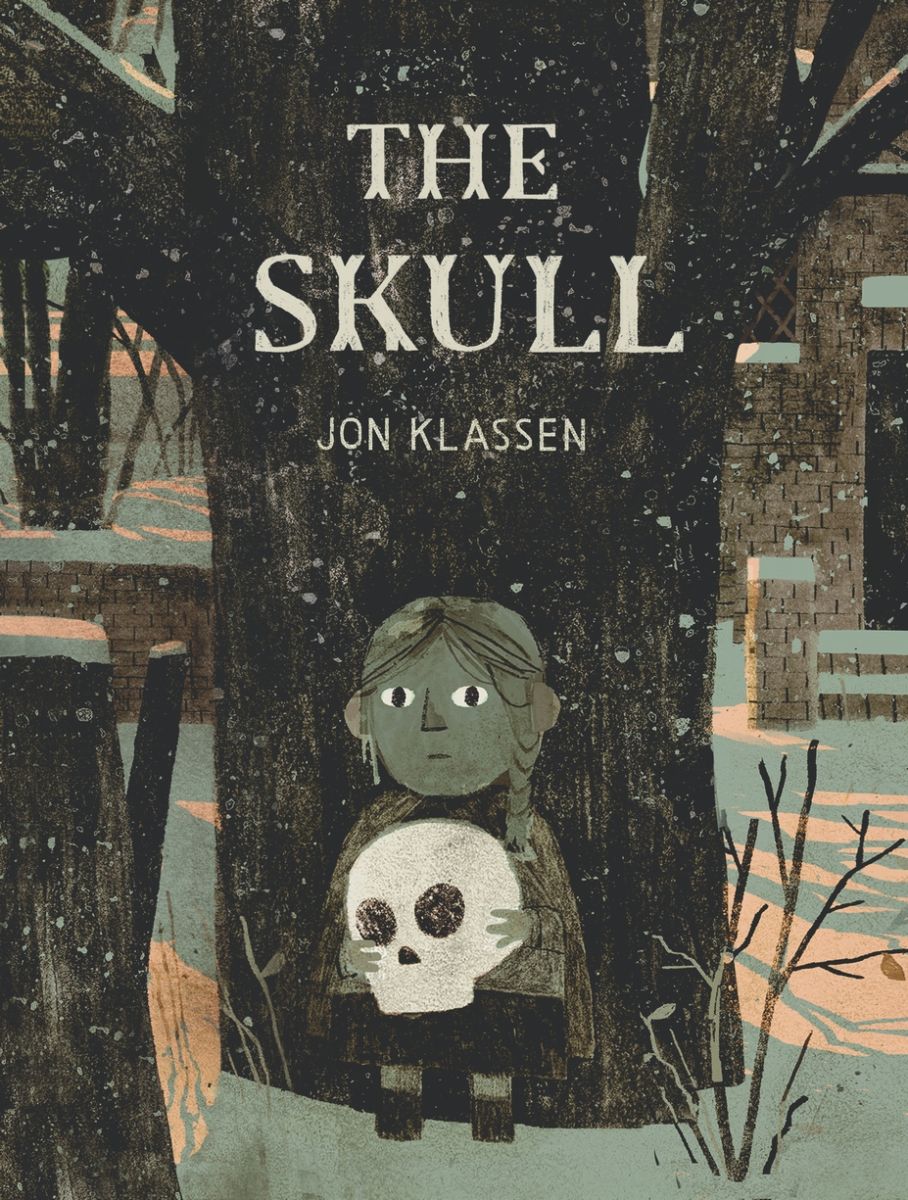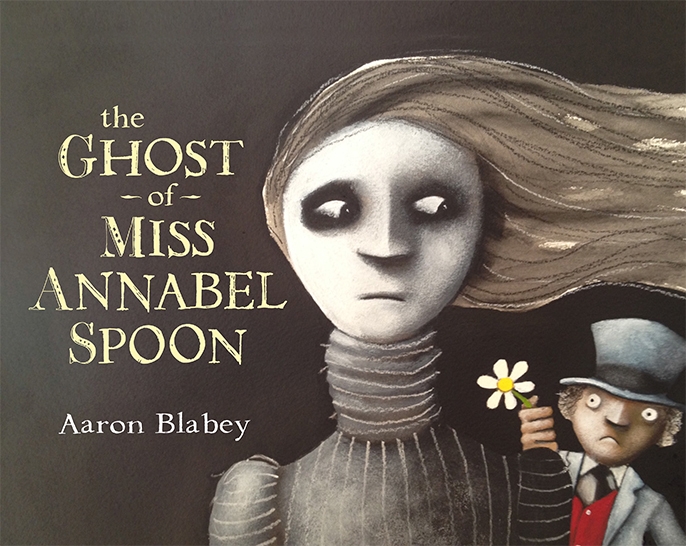



 As parents, carers, and educators, our primary role is to protect the children in our care – so it’s only natural to be concerned or resistant when children show an interest in the scary, the gory, and all things horror-related. Especially around this time of year when Halloween decorations are everywhere, and spooky stories are promoted, it’s reasonable to feel anxious with our children’s interest and even joy in these darker themes.
As parents, carers, and educators, our primary role is to protect the children in our care – so it’s only natural to be concerned or resistant when children show an interest in the scary, the gory, and all things horror-related. Especially around this time of year when Halloween decorations are everywhere, and spooky stories are promoted, it’s reasonable to feel anxious with our children’s interest and even joy in these darker themes. Firstly, it’s about curiosity; scary stories provide a place to safely explore topics that are typically “taboo”, such as monsters, danger, death, and the supernatural. They offer a peak into the darker side of life, while still being able to retreat back to safety. Children can then use horror themes to test their own emotional limits and capacity for risk. Reading a creepy story can be a form of self-assessment; a way of exploring their personal boundaries around terror, discovering the edges of their bravery, and building tolerance for the physiological responses to fear.
Firstly, it’s about curiosity; scary stories provide a place to safely explore topics that are typically “taboo”, such as monsters, danger, death, and the supernatural. They offer a peak into the darker side of life, while still being able to retreat back to safety. Children can then use horror themes to test their own emotional limits and capacity for risk. Reading a creepy story can be a form of self-assessment; a way of exploring their personal boundaries around terror, discovering the edges of their bravery, and building tolerance for the physiological responses to fear. Speaking of physiological responses – many that are triggered by fear are the same as for excitement! Adrenaline floods the body, the heart rate increases, and the body’s senses are on high alert. Scary stories induce a “rush” that can be felt as both terrifying and thrilling. Think about a rollercoaster ride: the excruciating build-up of tension… before the shock-drop! Jump scares in horror and terror stories provide the same experience, and some kids just love it (as do some adults!). Scary stories are a safe place to experience this rush, without any physical risk.
Speaking of physiological responses – many that are triggered by fear are the same as for excitement! Adrenaline floods the body, the heart rate increases, and the body’s senses are on high alert. Scary stories induce a “rush” that can be felt as both terrifying and thrilling. Think about a rollercoaster ride: the excruciating build-up of tension… before the shock-drop! Jump scares in horror and terror stories provide the same experience, and some kids just love it (as do some adults!). Scary stories are a safe place to experience this rush, without any physical risk. A sense of belonging can also be part of the appeal of horror. Scary stories are often shared – around a campfire, at sleepovers, watching a spooky movie together, and laughing together after a big fright. Fear is a powerful bonding tool, and experiencing it with others can strengthen friendships and further develop complex comprehension skills. Enjoying and sharing scary stories draws children to peers who share their interests, and can actually extend their social circle.
A sense of belonging can also be part of the appeal of horror. Scary stories are often shared – around a campfire, at sleepovers, watching a spooky movie together, and laughing together after a big fright. Fear is a powerful bonding tool, and experiencing it with others can strengthen friendships and further develop complex comprehension skills. Enjoying and sharing scary stories draws children to peers who share their interests, and can actually extend their social circle. Of course, it’s important to consider context. For some children, scary stories are lighthearted fun, while for others they are a coping mechanism for deeper stressors. It’s important that as parents, carers and educators we don’t shame or stereotype our children’s interests, but approach them with curiosity and an open mind. Having an interest in horror does not equate to psychopathic behaviour! Many adults enjoy horror themes in all forms of art, and there is a healthy way to foster this in our children as well (even if we don’t share their love of the scare!).
Of course, it’s important to consider context. For some children, scary stories are lighthearted fun, while for others they are a coping mechanism for deeper stressors. It’s important that as parents, carers and educators we don’t shame or stereotype our children’s interests, but approach them with curiosity and an open mind. Having an interest in horror does not equate to psychopathic behaviour! Many adults enjoy horror themes in all forms of art, and there is a healthy way to foster this in our children as well (even if we don’t share their love of the scare!).Error: Contact form not found.
